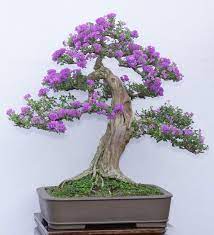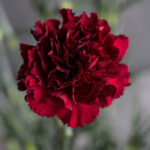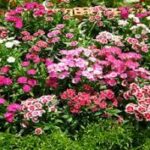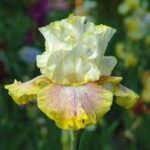Welcome to our website dedicated to exploring the classification and styles of bonsai, the art of cultivating miniature trees. Join us on a journey of artistic expression and cultural appreciation as we delve into the various classifications and styles of bonsai, uncovering their unique characteristics and celebrating the diversity of this ancient art form.

Classification of Bonsai:
Bonsai trees can be classified based on their size, age, and artistic purpose. Our website explores the different classifications of bonsai, from Shohin (small bonsai) to Chuhin (medium-sized bonsai) and Dai (large bonsai). Discover how these classifications influence the design principles, techniques, and overall impact of the bonsai composition.
Styles of Bonsai:
Bonsai trees can be shaped into a variety of styles, each with its own unique aesthetic and artistic expression. Our website showcases the prominent bonsai styles, including:
- Formal Upright (Chokkan):
The formal upright style features a straight and upright trunk with branches gradually decreasing in size as they ascend. Explore the elegance and balance of this classic style that emulates the majestic beauty of full-sized trees. - Informal Upright (Moyogi):
The informal upright style exhibits a more natural and dynamic trunk line, often with a slight curve or twist. Discover the artistic freedom and expressive qualities of this style that captures the organic essence of nature. - Slanting (Shakan):
The slanting style showcases a trunk that leans to one side, creating a sense of movement and resilience. Experience the charm and asymmetrical beauty of this style that reflects the resilience of trees growing against natural forces. - Cascade (Kengai):
The cascade style features a trunk that cascades downwards, mimicking the appearance of trees growing over cliffs or near water sources. Explore the drama and graceful flow of this style that evokes the spirit of adventure and the elements. - Windswept (Fukinagashi):
The windswept style portrays the enduring strength of trees growing in exposed and harsh conditions. Discover the captivating movement and dynamic energy of this style that captures the essence of nature’s relentless forces. - Literati (Bunjin):
The literati style embodies elegance, simplicity, and a sense of artistic refinement. Explore the vertical trunks, sparse foliage, and gracefully flowing branches of this style that celebrates the poetic and philosophical aspects of bonsai.
Each style has its own set of design principles, techniques, and cultural associations, making each bonsai composition a unique expression of artistic vision and cultural significance.
Join the Celebration of Bonsai Styles:
Are you ready to explore the diverse world of bonsai styles and classifications, embracing their beauty and cultural significance? Our website is your guide to uncovering the various styles and classifications of bonsai, promoting creativity, appreciation, and the artistry of miniature trees.
Start exploring our website now and unlock the secrets of bonsai styles and classifications. Let’s celebrate the craftsmanship, cultural diversity, and artistic possibilities that bonsai offers. Together, let’s embark on a journey of exploration, appreciation, and admiration for the captivating world of bonsai styles and classifications.









